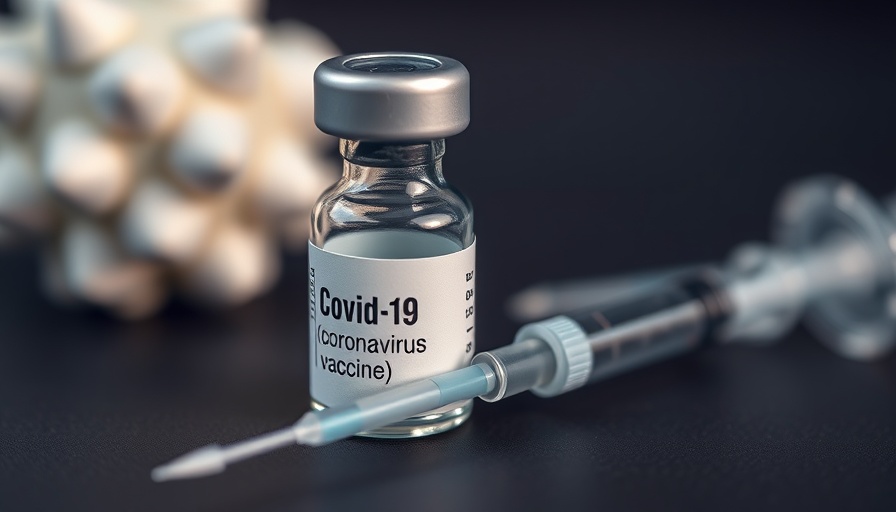
How Systolic Blood Pressure Affects Survival After Cardiac Arrest
A new study has highlighted a critical aspect of patient survival following a cardiac arrest—the role of systolic blood pressure. This research emphasizes the importance of maintaining optimal blood pressure levels during the recovery process, showcasing how medical interventions can be tailored to improve outcomes.
The Vital Role of Blood Pressure
Systolic blood pressure, the highest pressure in the arteries when the heart contracts, is an essential indicator of cardiovascular health. In the context of cardiac arrest, it serves as a pivotal sign that healthcare providers monitor to ensure patients have the best chances of survival. Studies indicate that maintaining a systolic blood pressure above specific thresholds shortly after a cardiac incident can significantly reduce mortality risk.
Understanding the Research
The recent findings shed light on postoperative care and the actions that can be taken immediately after resuscitation. The study aims to inform protocols that can be implemented in emergency medical services to secure better long-term health outcomes. While past research has pointed towards blood pressure management as important, this study provides comprehensive data demonstrating its direct correlation with recovery success.
Practical Implications for Patients
For ordinary individuals and families, understanding systolic blood pressure’s impact on health can empower them to take preventive measures. Regular check-ups and utilizing tools like telemedicine can play a crucial role in keeping blood pressure within healthy limits, ensuring better overall cardiovascular support.
How Telemedicine Fits Into the Picture
In today’s digital age, telemedicine offers invaluable resources for managing health. Patients can easily consult with healthcare professionals regarding their blood pressure and discover ways to monitor it effectively from home. This not only fosters a proactive health mindset but also enables continuous engagement with medical professionals—a trend growing in importance, especially in rural and underserved communities.
The Community Connection
Community awareness and engagement can serve as strong motivations for individuals to care for their heart health. By advocating for local health resources and educational programs, members of the community can collectively ensure that everyone has access to the knowledge and tools they need to monitor their blood pressure and respond appropriately in emergencies, such as cardiac arrest scenarios.
At the heart of this message is the importance of supporting one another in health management. Listening to our bodies, participating in community health initiatives, and taking advantage of telemedicine are steps we can take together to promote durable health within our neighborhoods, ultimately reducing incidents and improving survival rates during critical health events.
 Add Row
Add Row  Add
Add 




 Add Row
Add Row  Add
Add 

Write A Comment